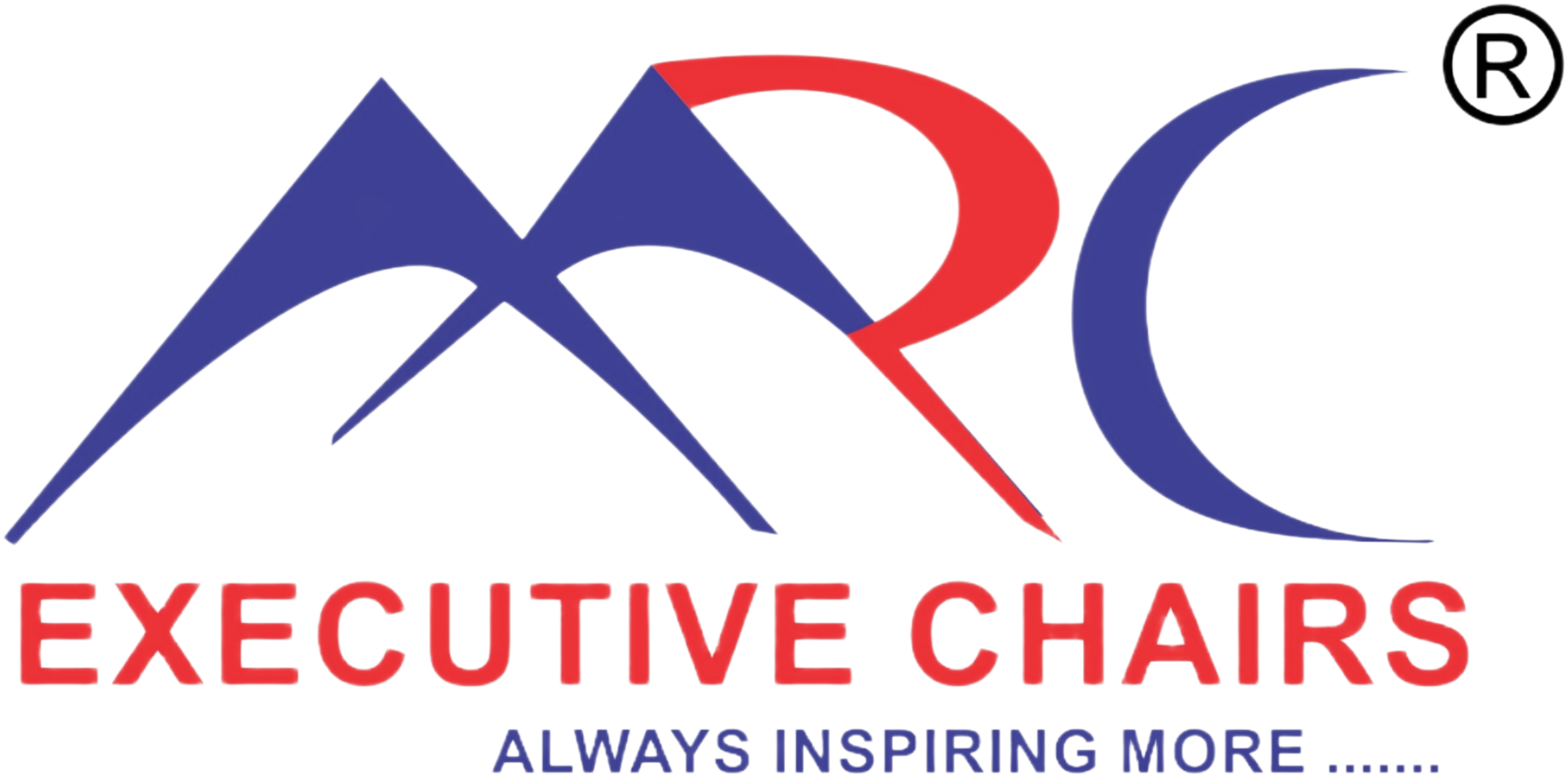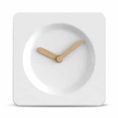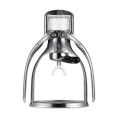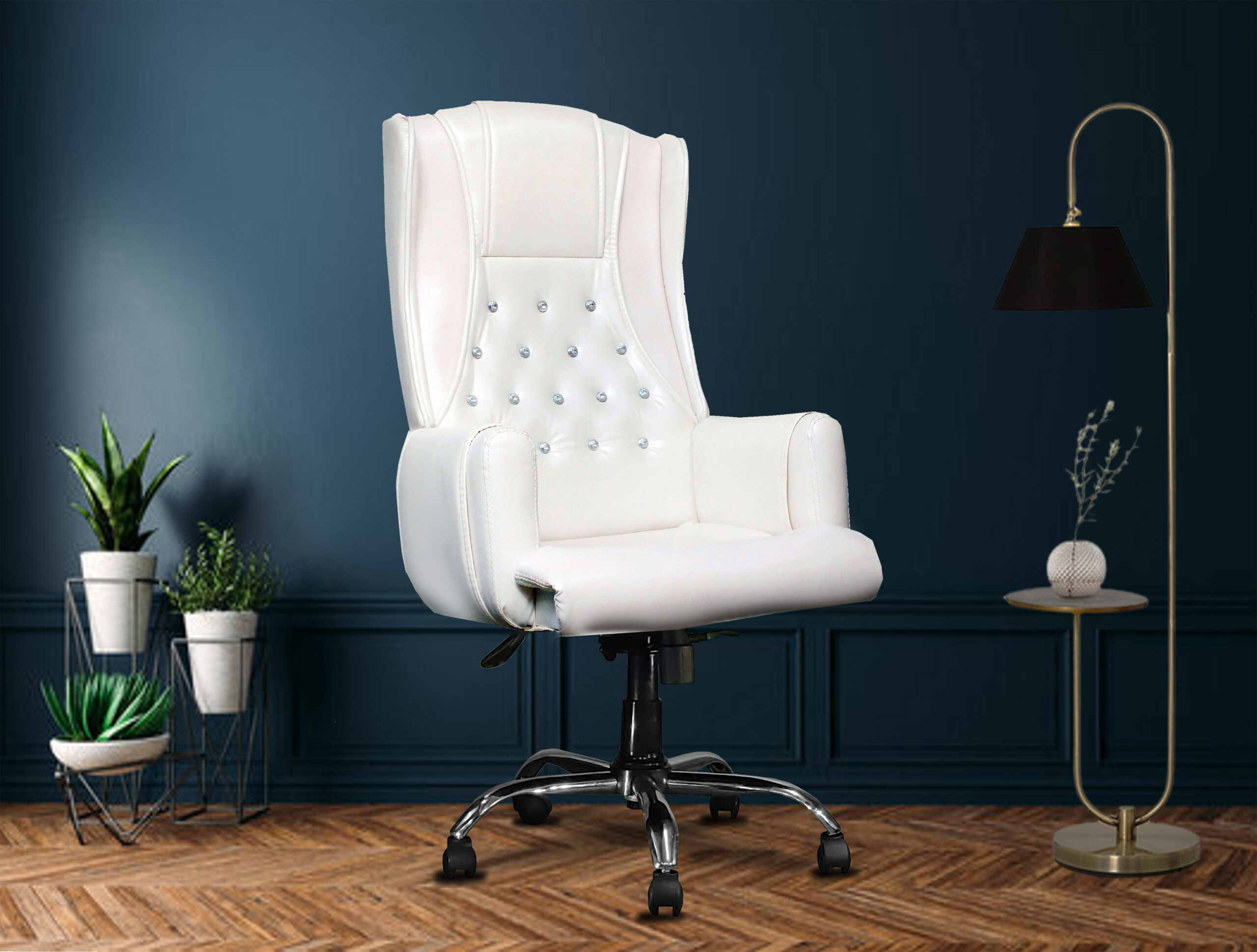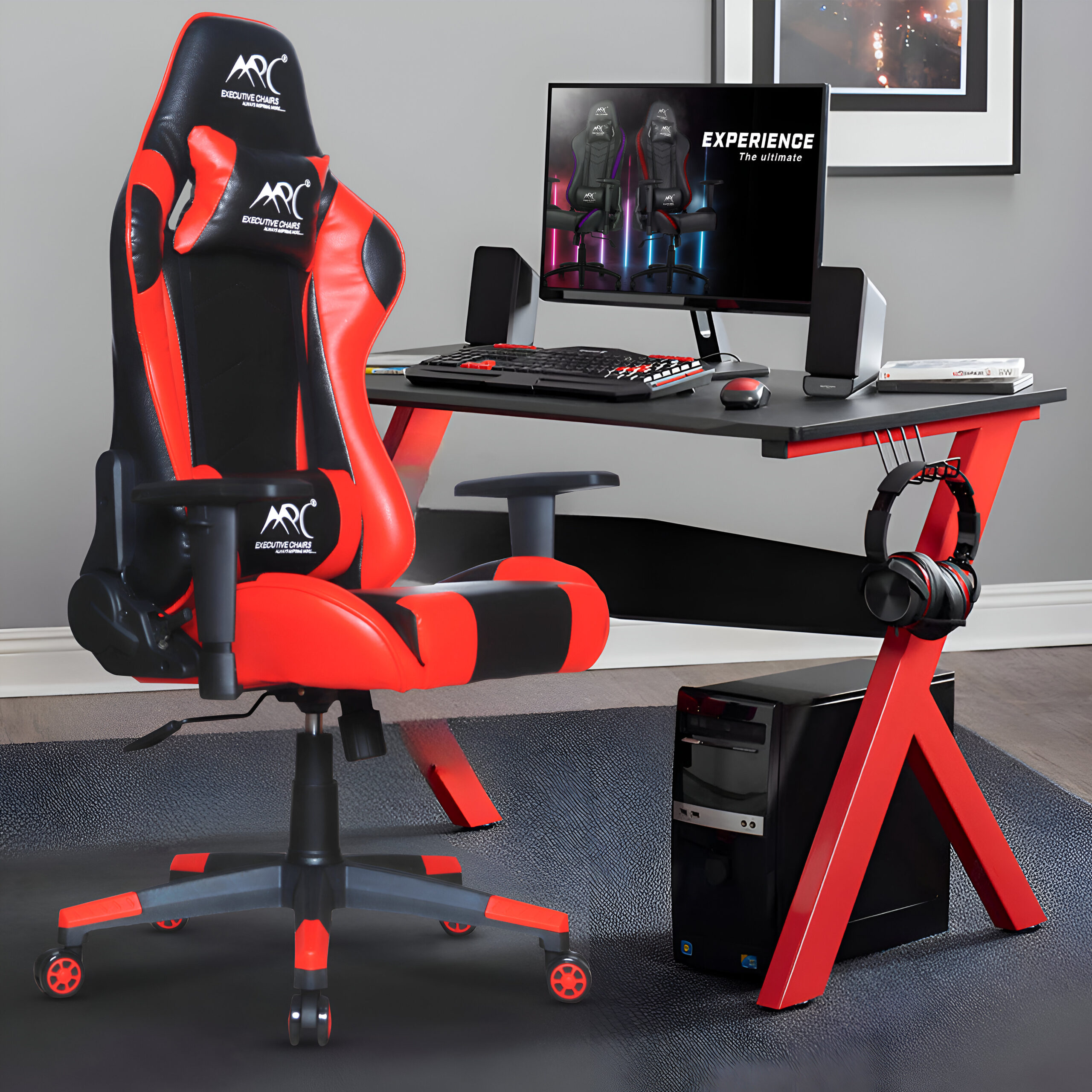As more people transition to working from home, crafting the best home office environment has become top of mind for many. A good desk and a good computer complete the equation but of the need that provide comfort and productivity at a work office, an office chair takes main stage. In this article, we look at why having a good office chair is an important concern to think about for your work home office created with its benefits in the realms of ergonomics, comfort, health, and productivity.
Introduction
Work-from-Home Culture: An Overview
The work-from-home culture has gained momentum and has been influenced both by technologically improved feasibility and equally rapid changes in work office culture. As more people begin working from home, their needs grow beyond just having an office in the house, rather optimizing every little part of it is a necessity to improve performance and ensure well-being. In this shift, an important prop at the main is a comfortable and supportive office chair.
Importance of a Proper Workspace

It is very important to have a separate workspace in your home so you can balance your professional and personal life. This entire situation now relies on the type of office chair you may have selected, that plays a crucial role in your comfort and overall effectiveness.
Ergonomics and Posture
What is Ergonomics?
Ergonomics is the science of designing workspaces to meet the needs and capabilities of a user for comfort, productivity, and reduced injury. In office chair design, it pertains to features providing support for proper posture and body alignment.
Benefits of Ergonomic Support
An ergonomic chair is designed to support the natural alignment of your body. Features that make for an ergonomic chair include adjustable lumbar support, seat height, and tilt-all of which help with the spine’s natural curve, thus reducing strain on it. Proper support can prevent such common issues back pain, neck stiffness, and wrist strain.
How Poor Posture Affects Your Health
Inadequate seating and poor posture may lead to chronic back pain, tension headaches, and carpal tunnel syndrome, some others. Serious illnesses can be caused by wrong posture over a long number, involve of herniated discs or musculoskeletal disorders.
Comfort and Productivity
The Relationship Between Comfort and Efficiency
Comfort comes directly from seating and affects your ability to hold your focus and work effectively. If you are comfortable, then you hold your concentration and work efficiently without interruptions with pain Often. An ergonomically designed chair helps you to maintain output because it gives you the necessary support during working hours.
Comfort Enhancer Features
Adjustable Height: It leaves a risk of changing the chair to an appreciable level for some good placing in accordance to the desk level and maintaining proper ergonomics.
Lumbar Support: Provides support for the lower back, helping with much pressure upon it; this reduces a lot of straining pressure on the back.
Padded and Upholstered: The best materials will be soft and breathable enough to be comfortable for you the whole day.
Adjustable Armrest: The armrest helps much to take away much load on the shoulders, reducing much straining on the shoulders.
How Comfort Affects Work Output

With a comfortable chair, physical strains are cut down, thus one is able to work for a longer number without every pain. This clearly means that productivity and efficiency will be higher since one will be focused on tasks at hand without being distracted by the aching or feeling of pain of every kind.
One of the major benefits associated with a good office chair is pain relief in the back. Chairs with good lumbar support allow for the maintenance of the spine’s natural curve, thus preventing or alleviating lower back pain.
Prevention of Repetitive Strain Injuries
Whether our office created is ergonomically right or not, if we have proper office chairs, it could result in the prevention of RSIs. Features like adjustable armrests and seat tilt decrease the stress that falls on the wrists, shoulders, and neck due to long typing or frequent mouse usage.
Improving Circulation
A good office chair, which design takes into think about good posture, with mobility allows for better blood flow. Such features chair padding and adjustable settings avoid compression of blood vessels that help blood to flow in a healthily.
Features to Look For in An Office Chair
Adjustable Height and Tilt
A chair with adjustable height keeps your elbows at a 90-degree angle while you are typing and allows your feet to rest flat on the floor. Tilt changes can help you find a comfortable reclining angle that reduces pressure on your lower back.
Lumbar Support
Proper lumbar support maintains the natural curve in this space of the spine. Adjusting the lumbar support in an office chair makes you achieve the best fit for your needs, which reduces back strain.
Armrests and Headrests
Adjustable armrests do relieve shoulder and neck pressure through supporting the arms. The headrest supports the head and neck when reclining and can take the pain and pain away from the neck.
Material and Padding
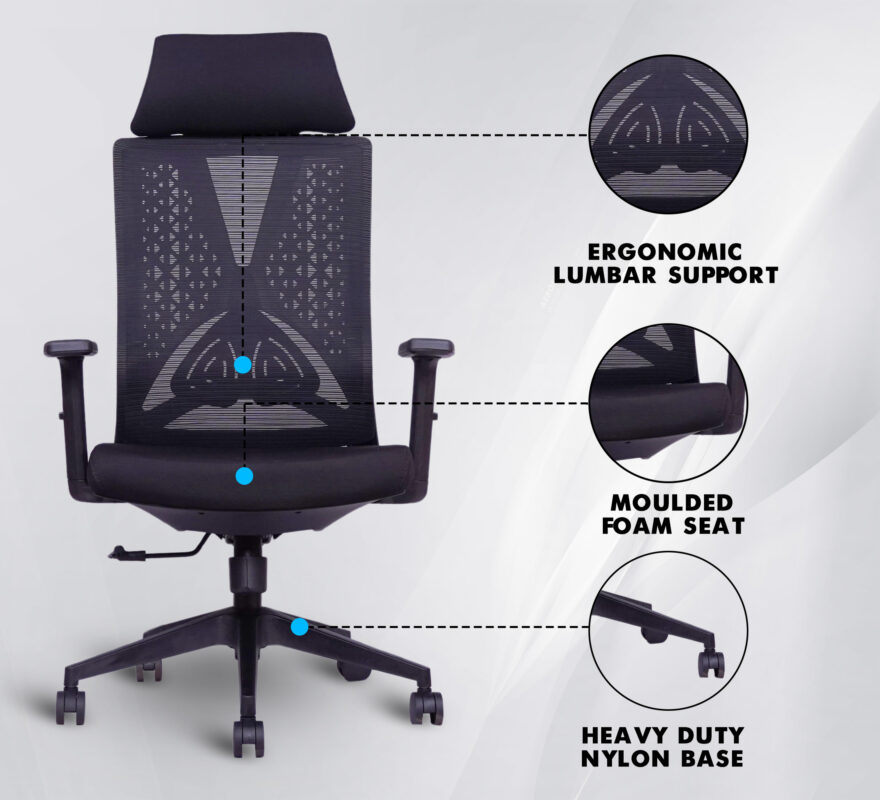
The material and padding of the chair involve two such aspects: comfort and durability. Mesh upholstery indeed allows breathability and keeps you cool, while high-density padding gives cushioning and support over longer periods.
Selecting the Right Chair for Your Needs
Varieties of Office Chairs
A number of office chairs are on the market to give a broad variety of choices:
Task Chairs: Simple chairs, appropriate for shorter use, are found in many home office.
Executive Chairs: Larger and more cushioned, often with addition features, these provide a more luxurious feel.
Ergonomic Chairs: Designed with multiple changes features and lumbar support to provide comfort and health for long-term use.
Budget Considerations
While it is true that budget will come taking note of, spending money on a good office chair can pay in large dividends over time. Consider what you need and how many hours per day you’ll be spending in the chair, balancing cost with quality.
How to Test for Fit and Comfort
When purchasing an office chair, try the features of the chair and if it will meet your comfort needs. Test its height changes, lumbar support, and its tilt mechanism to see if it will provide you maximum support for your body. Where possible, sit in the chair for a few hours to determine its comfort level before you make the purchase.
Designing the Ergonomic Workplace
Alignment of Desk and Chair
For ergonomic comfort, proper alignment between your desk and chair is crucial. The chair should allow you to sit with your feet flat on the floor and arms at a 90-degree angle. This may addition include the prevention of strains and support of optimum posture.
The Perfect Desk Height
Your desk height should be such that your elbows will fall at a right angle while typing. This prevents injury to the shoulders and wrists due to strain and allows for a much more comfortable working position.
Created Monitor and Keyboard
Position your monitor so that the top of the screen is at or just below eye level and your keyboard at a height allowing you to maintain your wrists in a neutral position. This will help minimize the stress to your eyes, neck, and wrists.
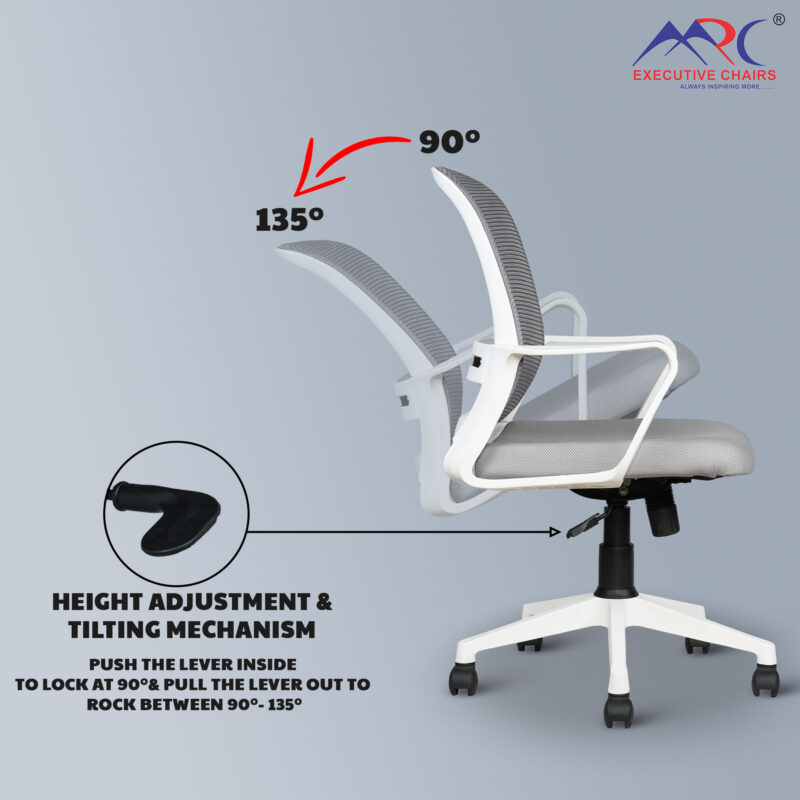
Caring for Your Office Chair
Cleaning and Ongoing Care
Clean your office chair daily and inspect for wear and tear. The upholsteries and mechanisms should be conserved using the cleaning directions provided by the manufacturing company.
Adjusting Settings Over Time
As you change-whether it is with your body or work habits-adjust the chair settings to continue providing optimal support and comfort. Daily changes may help to maintain benefits in ergonomics and avoid pain.
When to Replace Your Chair
If your chair is really used out, pieces are broken, or the padding has used flat, it is time to replace it. A good cared for chair would continue to provide comfort and support but replacing it if necessary would allow the you to continue to reap the benefits in terms of proper ergonomics.
Alternatives to Office Chairs
Standing Desks and Stool Options
Standing desks and stools can addition serve options for sitting and reduce the risks of prolonged sitting. Standing desks provide opportunities for one to switch from a sitting position to a standing position while stools provide support without a backrest.
Balance Balls and Ergonomic Cushions
Balance balls and ergonomic cushions can improve comfort during sitting and make the posture effectively good. These alternatives provide changing help and promote core strength, hence becoming useful for occasional use or supplementary optionsThe Psychological Impact of a Dedicated Workspace
How Does a Professional Setup End in the Mind?
A professional and organized workspace will help bring positivity in your mind and keep you focused and motivated. It contributes to drawing a line between work and personal life, thereby contributing to being more productive at work.
Separation of Work and Home Life
Having an office chair and a place to work helps create a boundary between working life and home life. Thus, a person would definitely be able to maintain proper work-life balance and hopefully would not face much stress due to eroding boundaries between personal and professional life.

Cost vs. Value: Is It Worth the Investment?
Cost vs. Benefits
Whereas investing in a high-quality office chair may be more expensive, its comfort, health, and productivity benefits often pay for its higher upfront cost. In overall, when thinking in terms of value over time, one should think about improved ergonomics and reduced risk of health problems.
Long-Term Health and Productivity Gains
A good office chair could eventually make a difference in the long run, promising better posture, less pain, and higher productivity. Better still, investing in a good chair is investing in your overall well-being and work efficiency.
Conclusion
To put it easy, the office chair at your work home office created is not dispensable to ensure comfort, health, and productivity at work. A right chair design provide better ergonomic support, reduces physical strain, and allows you to put your mind on your work good. When you have the right chair for yourself and create an ergonomic workspace, what you are really constructing is a space that will encourage both physical well-being and professional success.
